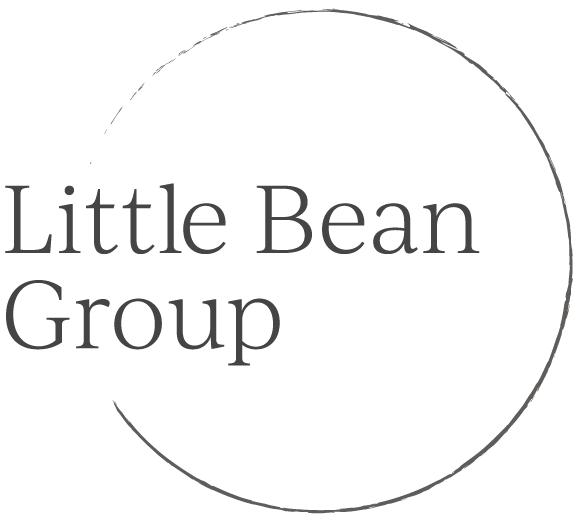I wrote a piece this time last year titled, “What we learned about fundraising in 2020.” I’d like to revisit this topic to see what changed and what remained the same in 2021. The upheaval and uncertainty in 2020 presented the opportunity to think critically about how we fundraise. This past year showed me that certain key principles remain. Let’s revisit these lessons learned:
2020: Making the case for support is no longer enough; demonstrate why a donor should give by clearly showing the impact of their gift.
2021: This still rings true to me. Often, the needs and problems of the world feel overwhelming. Donors certainly face no shortage of urgent causes that need their attention. How can you stand out? Donors want to be inspired by your work and know that they are contributing to solutions.
2020: Donors don’t care about fundraising goals; they care about feeling like they made a difference.
2021: Yes; though, I have seen that my clients’ most generous loyal donors care deeply about organizations’ long-term strength and survival and are strong advocates for fiscal stability. I also think that the ongoing issues the pandemic exposed—financial pressures and staffing are at the top of the list for nonprofits—showed donors the challenges of organizational work, and they want to be part of setting up their favorite organizations for future success.
2020: Retaining donors at all levels is the single most important thing to ensuring the success of a fundraising program. Remember: it costs less to retain current donors than to gain new ones.
2021: Yes, 100%. This will always be the case. Check out this month’s post on common fundraising mistakes to avoid—these are evergreen tips that can improve your donor retention rates. I also wrote a two-part piece on donor retention last year that you can find here and here.
2020: Donors and prospects want to engage; they want to talk about the issues and how you can collectively work together to help solve problems.
2021: Yes; and donors now want to know how organizational leaders responded to COVID and continued to press on with their work. Don’t be afraid to be candid. While the past two years have been a huge challenge, you have likely found innovative new ways to achieve your mission. You could not have done this without your donors—tell them about it!
2020: Even when times are hard, people want to connect (and give!); don’t be afraid to reach out, even if the person isn’t in a position to give.
2021: I believe wholeheartedly this is still the case. I have been inspired by the incredible generosity of donors these past two years. In 2022, stick to your carefully laid out solicitation plans and continue to communicate meaningfully with donors.
2020: Even when times are hard, it’s ok to ask for a gift, as long as you ask in a way that works for the donor or prospect.
2021: Be mindful of where donors are; some are once again feeling isolated and alone. Many parents of unvaccinated children feel stress and anxiety. Those with underlying health conditions may be feeling vulnerable. Approach each ask with thoughtfulness and care, while also acknowledging these challenges.
2020: Empathy and kindness are critical to building and sustaining donor relationships. Listening is one of the greatest gifts we can give to donors and each other; particularly in these difficult times, allowing people the space to express themselves is so important.
2021: I don’t think this will ever not be true, and now it’s more important than ever. But, as fundraisers, this can be tough! We are so excited about our missions that it’s hard to simply stop talking. If this is a challenge for you, here’s a great piece on the art of listening with some concrete tips for improving your own skills.
2020: Accept donors where they are—listen when they talk and step back when they need space.
2021: Always. It’s important to acknowledge that a donor pulling back can feel deeply hurtful, even personal. That feeling is valid, and I have certainly been there. However, don’t let what could be a temporary setback turn into a permanent break. By respecting your donor’s wishes and honoring what they have already given to the organization, you strengthen the odds that they will return when they’re ready.
2020: Philanthropy is a vehicle through which donors express their values and dreams. It’s not a fundraising goal or a destination.
2021: I truly believe that in the darkest of times, philanthropy can give us strength and purpose. Hopefully, the relationships that you’ve continued to build with your donors have made them partners in your organization’s mission. It is the wider goals that you can achieve together—not your bottom line fundraising target—which need to be front and center.
